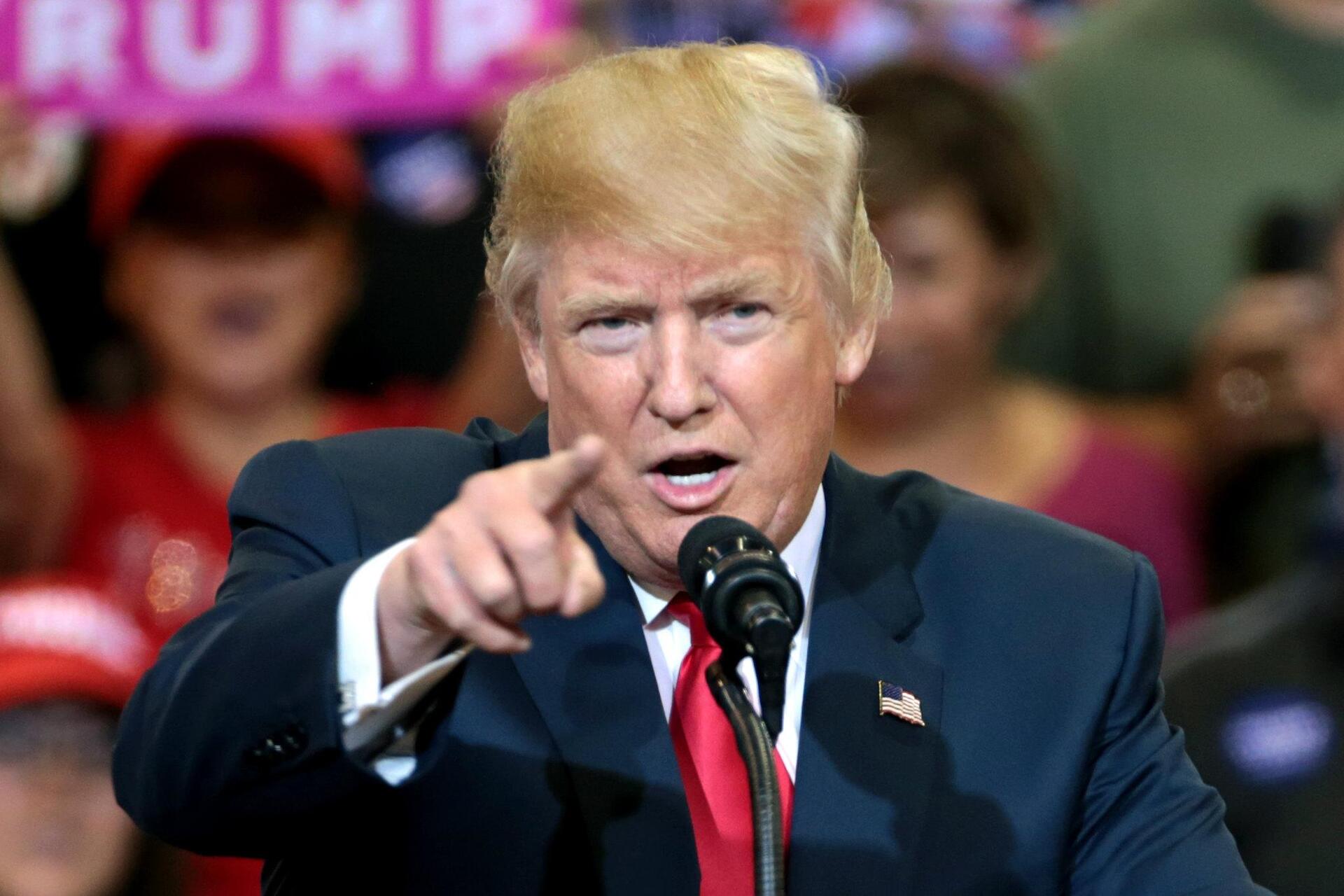Over the weekend, President Donald Trump revived one of his more controversial economic ideas: sending Americans “tariff dividend” checks worth $2,000 each. The plan, which was recently floated on Truth Social and mentioned again in an ABC News interview, was described as a way to “return” tariff revenues to middle- and lower-income households.
But traders on Kalshi are overwhelmingly unconvinced. The market “Will Americans receive tariff stimulus checks this year?” is pricing just a 10% chance that such payments will happen in 2025, even after Trump’s remarks briefly grabbed attention in Washington.
Markets show low confidence
A second market, “Will a bill for tariff rebate checks become law this year?”, trades even lower at 7%, suggesting traders see little chance Congress will move such a measure through before year-end.
According to NPR, Tax Foundation analyst Erica York called the math “untenable,” estimating that even if the checks targeted only households earning under $100,000, the plan would still run at least a $100 billion shortfall. That would add to the national debt rather than reduce it, the opposite of what Trump claimed when he said remaining tariff revenue would “lower our debt.”
Debt reality check
That debt context is exactly where Kalshi traders see the contradiction. Two related markets suggest the problem is far larger than any $2,000 rebate could offset.
The Kalshi market on U.S. debt levels shows a 93% probability that total federal debt will end the year above $38 trillion, a milestone already essentially reached. A longer-term contract, “Peak U.S. National Debt Under Trump Administration”, forecasts a $48 trillion peak, with 69% odds of surpassing $45 trillion.
Together, those figures paint a clear picture: traders expect deficits to keep widening and have little faith that a rebate funded by tariffs, themselves under Supreme Court review, could be sustained.
Treasury Secretary Scott Bessent, pressed Sunday on whether the administration had concrete plans for direct payments, said on ABC’s This Week that the “$2,000 dividend could come in lots of forms,” possibly including previously enacted tax cuts like exemptions for tips or overtime. But the White House later declined to clarify, telling CNBC only that it was “committed to putting this money to good use for the American people.”
For traders, that ambiguity reinforces their bearish stance. Despite Trump’s framing of the payments as an economic populist gesture, Kalshi’s data suggests investors view the move as rhetorical rather than real, a political talking point colliding with the arithmetic of debt.
The takeaway:
Kalshi traders see the “tariff dividend” as a political soundbite, not an economic policy. The numbers tell the story:
At 10% odds for checks, 7% for a bill, and 93% confidence in debt above $38 trillion, the markets are effectively saying that fiscal gravity wins.
Sources: CNBC, Nov. 11, 2025; NPR, Nov. 11, 2025.
This article may contain content generated with the assistance of artificial intelligence. It is provided for informational purposes only and does not constitute investment, trading, financial, or legal advice. Any opinions or market commentary are not recommendations. Trading involves risk, and you should carefully evaluate your financial situation and consult a qualified advisor before making any trading decisions.
